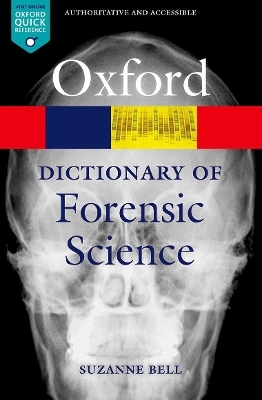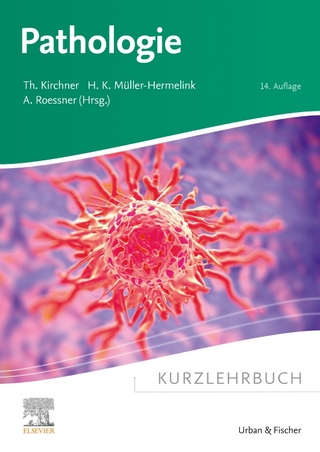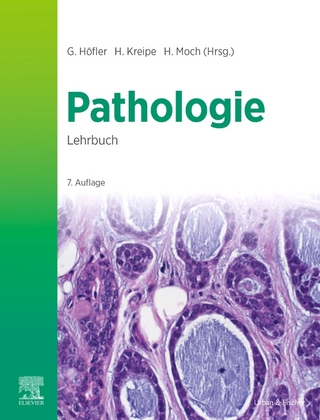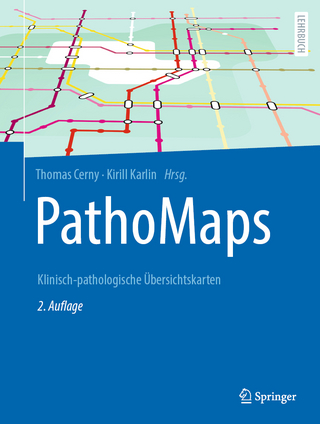
A Dictionary of Forensic Science
Seiten
2012
Oxford University Press (Verlag)
978-0-19-959400-9 (ISBN)
Oxford University Press (Verlag)
978-0-19-959400-9 (ISBN)
This new dictionary covers a wide range of terms used in the field of forensic science, touching on related disciplines such as chemistry, biology, and anthropology. Case examples, figures, and photographs make it the ideal reference for students and practitioners of forensic science, as well as those with an interest in forensic science.
Forensic scientists apply scientific analysis in a legal context and play a vital role in solving crimes. Sometimes the collection of forensic evidence is the only way to establish or exclude an association between suspect and victim or crime scene, or to establish a likely order of events. Profiting from recent scientific developments and the advancement of technological equipment, forensic science is a rapidly evolving discipline that encompasses many sciences and the law.
This dictionary covers in over 1300 entries the key concepts within forensic science, including a wide array of relevant specialist terms from areas such as chemistry, biology, anthropology, art, engineering, firearms, toolmarks, trace evidence, crime scene investigation, case history, biographies of investigators and criminals, as well as forensic computing. Ranging from crime scene to fibers and fluorescence to RAM, this new dictionary is the most up-to-date of its kind and is international in scope.
Entry-level web links to online resources are listed and regularly updated on a companion website, expanding the scope of the dictionary and pointing to more in-depth supplementary material. Many entries are complemented by case examples (Dr Crippen, Mary Ann Cotton, etc.), figures, and photographs, which makes this A to Z an ideal reference for students of forensic science, as well as professionals and those with an interest in forensics.
Forensic scientists apply scientific analysis in a legal context and play a vital role in solving crimes. Sometimes the collection of forensic evidence is the only way to establish or exclude an association between suspect and victim or crime scene, or to establish a likely order of events. Profiting from recent scientific developments and the advancement of technological equipment, forensic science is a rapidly evolving discipline that encompasses many sciences and the law.
This dictionary covers in over 1300 entries the key concepts within forensic science, including a wide array of relevant specialist terms from areas such as chemistry, biology, anthropology, art, engineering, firearms, toolmarks, trace evidence, crime scene investigation, case history, biographies of investigators and criminals, as well as forensic computing. Ranging from crime scene to fibers and fluorescence to RAM, this new dictionary is the most up-to-date of its kind and is international in scope.
Entry-level web links to online resources are listed and regularly updated on a companion website, expanding the scope of the dictionary and pointing to more in-depth supplementary material. Many entries are complemented by case examples (Dr Crippen, Mary Ann Cotton, etc.), figures, and photographs, which makes this A to Z an ideal reference for students of forensic science, as well as professionals and those with an interest in forensics.
Dr Suzanne Bell is Associate Professor of Forensic Chemistry at West Virginia University and a renowned researcher in the field of forensic science. She has published many books and articles, including Crime and Circumstance: Investigating the History of Forensic Science (Praeger/Greenwood, 2008), Forensic Chemistry (Pearson, 2005), and the Encyclopedia of Forensic Science (Facts-on-File, 2008). She also worked as a forensic expert for the New Mexico State Police.
| Erscheint lt. Verlag | 9.2.2012 |
|---|---|
| Reihe/Serie | Oxford Quick Reference |
| Zusatzinfo | 50 halftones, 25 line drawings |
| Verlagsort | Oxford |
| Sprache | englisch |
| Maße | 130 x 196 mm |
| Gewicht | 299 g |
| Themenwelt | Schulbuch / Wörterbuch ► Lexikon / Chroniken |
| Studium ► 2. Studienabschnitt (Klinik) ► Pathologie | |
| Studium ► 2. Studienabschnitt (Klinik) ► Rechtsmedizin | |
| Naturwissenschaften ► Biologie | |
| Naturwissenschaften ► Chemie | |
| Recht / Steuern ► EU / Internationales Recht | |
| Recht / Steuern ► Strafrecht ► Kriminologie | |
| ISBN-10 | 0-19-959400-7 / 0199594007 |
| ISBN-13 | 978-0-19-959400-9 / 9780199594009 |
| Zustand | Neuware |
| Informationen gemäß Produktsicherheitsverordnung (GPSR) | |
| Haben Sie eine Frage zum Produkt? |
Mehr entdecken
aus dem Bereich
aus dem Bereich


